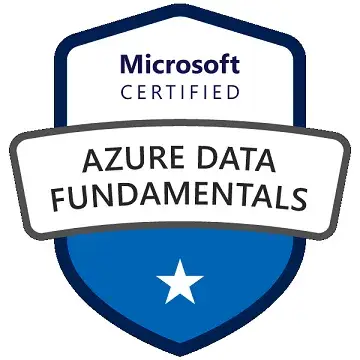Mathematics Class 3
-
- 5 rating
- (1 Reviews)
- 0 students enrolled
Mathematics Class 3
Class 3 mathematics curriculum focuses on building upon the foundational math concepts learned in previous grades and introducing more advanced topics Class 3 math aims to provide students with a solid foundation in essential mathematical concepts, preparing them for more advanced math topics in subsequent grades. It also emphasizes problem-solving skills and real-life applications of math.
-
- 5 rating
- (1 Reviews)
- 0 students enrolled
What learn
- Comprehensive Subject Knowledge
- Visual and Interactive Education
- Adaptive Learning Methodology
- 24/7 Availability
- Global Reach and Diverse Resources
Course Content
Requirements
- Smart Phone or Laptop with internet connection
Description
-
Division: Division is a fundamental arithmetic operation that involves sharing a quantity into equal parts or groups. Students learn division as the inverse operation of multiplication and practice solving division problems.
-
Mental Arithmetic: Mental arithmetic involves performing calculations in your head without the use of written methods or calculators. This skill is essential for quick and efficient math problem-solving.
-
Addition and Subtraction: These are basic arithmetic operations where addition combines numbers, while subtraction finds the difference between numbers. Students learn to add and subtract numbers of increasing complexity.
-
Multiplication: Multiplication involves repeated addition and is a fundamental operation in mathematics. Students learn multiplication tables and practice multiplying numbers.
-
Calendar: Students learn to read and use calendars to understand days, weeks, months, and years. They also practice determining dates and calculating the number of days between two dates.
-
Measurement of Capacity: Capacity measurement involves quantifying the volume or amount of liquids that containers can hold. Students learn about units like liters, milliliters, and gallons.
-
Data Handling: Data handling involves collecting, organizing, and interpreting data. Students learn to create graphs, charts, and tables to represent data and draw conclusions from it.
-
Measurement Length: Measurement of length involves quantifying the size or distance of objects. Students learn about units like meters, centimeters, feet, and inches.
-
Measurement of Mass: Mass measurement is about quantifying the weight of objects. Students learn about units like kilograms, grams, pounds, and ounces.
-
Patterns: Patterns involve the repetition of shapes, numbers, or sequences in a predictable manner. Students learn to recognize and extend patterns.
-
Time: Students learn to read and interpret time on clocks and calendars, including hours, minutes, and seconds. They also solve time-related problems.
-
Geometry: Geometry covers the study of shapes, sizes, and properties of geometric figures, including lines, angles, polygons, and three-dimensional shapes.
-
Money: Money skills involve recognizing coins and banknotes, understanding their values, making transactions, and solving problems related to currency.
-
Number Facts: Number facts encompass the understanding of basic properties and relationships between numbers, such as addition and subtraction facts, multiplication and division facts, and number patterns.
Recent Courses
- June, 23rd 2025
- 3
This course plan outlines a comprehensive curriculum for a prompt engineering course, designed to equip learners with the ski..
- 1699.00₹
2000.00₹
- June, 28th 2025
- 12
In an era where technology is seamlessly integrated into our daily lives, understanding the synergy between Embedded Systems..
- 1599.00₹
2000.00₹
- May, 22nd 2024
- 0
Microeconomics is an essential component of economics as a whole, as it helps us understand how individual decisions and inte..
- 799.00₹
999.00₹
About Instructor
"Founded in 2019, Bringup Education stands as a dynamic Ed-Tech firm. We take pride in offering a diverse array of courses, spanning from school-level education to rigorous undergraduate programs, all impeccably facilitated through our state-of-the-art Learning Management System (LMS).
Moreover, at Bringup Education, we are committed to preparing students for the professional world by providing valuable training and internship opportunities. These experiences not only augment students' skills but also ensure they are 'job ready' upon graduation."


.png)




.png)


